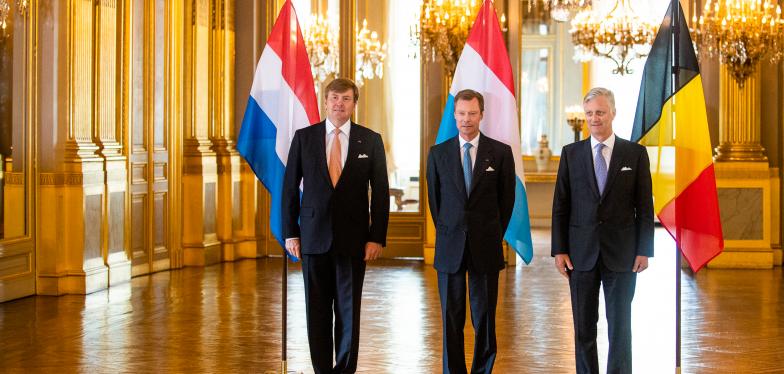Did you know that the Benelux was the forerunner of the Schengen Convention?

As it celebrates its 60th anniversary, this partnership between the three small European states is once again getting lots of attention. The occasion was marked on 5 June in Brussels with a reunion between the heads of state of each country, King Willem-Alexander of the Netherlands, King Philippe of Belgium and Grand Duke Henri of Luxembourg.
The creation of the Benelux immediately after the Second World War meant that the import duties disappeared between the Benelux countries and that other countries wishing to import goods into Belgium, the Netherlands or the Grand Duchy of Luxembourg were charged a common rate.
Later, in 1960, the first Benelux Treaty came into force, aimed mainly at allowing the free movement of people, goods, capital and services. In other words, Benelux banished the border control between the three countries. From then on it became possible to freely transport people, capital, goods and services across the borders of these countries. The Schengen Convention, abolishing border controls between France, Germany and the Benelux came only 25 years later, in 1985.
The new Benelux Union Treaty of 2008 not only focuses on economic relations between the member states, but also on sustainable development. An important subject is, for example, the impact of climate change on our energy supply and people's health. The concerns of future generations are translated into a large number of topics which are yet another demonstration of the Benelux's pioneering role within the European Union.
The Benelux, with its headquarters in Brussels, is therefore the forerunner of the famous Schengen Convention that would later grow to become the world's largest trading block, the European Union. The Benelux continues to have many innovative ideas that can be a great source of inspiration to the EU.